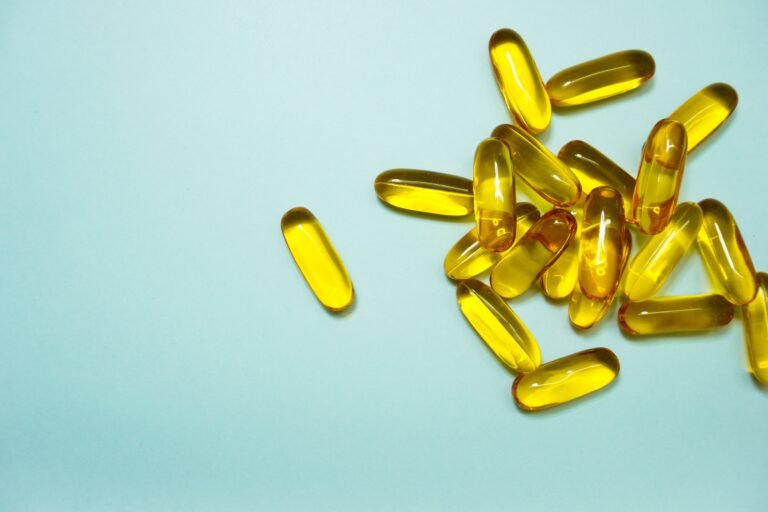More akin to a Netflix documentary than a podcast, this interview of Robert Lustig by Andrew Huberman goes deep into the root causes of today’s most prevalent health issues, with special attention given to food engineered for addiction in order to drive up profits.
Table of Contents
In the interview, many recommendations are provided. Here are a few:
Recommendation Summary
- Eliminate sugar (sugar in whole foods like fruit is okay)
- Eat fiber with your meals
- Get enough Omega-3s
- Avoid sugar substitutes
- Fast to reduce fatty liver
- Exercise
It is important to differentiate the science and research happening at various levels with respect to food. The reason is that if we only consider the top contours, we may make misinformed decisions. For example, diet soda with no calories should not contribute to weight gain (i.e. calories in vs calories out), but if it causes an increase in insulin then the body will react in ways which have been shown to cause weight gain.
So the higher the insulin goes the more your brain thinks you’re starving, and the more your brain thinks you’re starving the hungrier you get and the less you want to move
Here are the definitions provided to help us make better informed decisions related to food health. While they are all important, it is ultimately the metabolic health that has the most direct impact on our health:
- Food Science: What happens between the ground and the mouth
- Nutrition: What happens between the mouth and the cell
- Metabolic Health: What happens within the cell
All of the chronic diseases that we are suffering from: Type-2 Diabetes, Hypertension, Dyslipidemia, Cardiovascular Disease, Cancer, Dementia, Fatty Liver Disease, Polycystic Ovarian Disease…those eight diseases which make up 75% of health care expenditures in this country today are all inside the cell because they are all mitochondrial dysfunction and there is no medicine that gets to the mitochondria
Food Industry
In the food industry, there are good actors and bad actors. Unfortunately, in public schools and in grocery stores, the bad actors seem to be winning. In simplistic terms, programming food to be addictive is highly profitable. These profits are used to market misinformation and influence policy to help make unhealthy “food” widely available.
How bad is it? Much of of the packaged food products we see at schools and in stores are arguably not even food:
So the bottom line is if a substrate does not contribute to growth and does not contribute to burning (energy), is it a food? The answer is no. Well that’s 73% of what’s in the grocery store, which I would argue is not food, in fact it’s consumable poison
When it comes to sugar, it doesn’t even matter if you can taste it, even adding sugar to non-sweet foods will make it more addictive and profitable. If you think you can just look at the ingredients to determine if sugar has been added, unfortunately it isn’t that simple.
The problem is that there are 262 names for sugar and the food industry uses all of them and the reason they use all of them is because they can include a different sugar as number five, number six, number seven, number eight, number nine on the list, and when you add it up it becomes number one…they hide it in plain sight
If you factor in the food related costs to health, environment, and productivity, then cheap unhealthy food ends up being very expensive for the general public.
There is a 10 trillion dollar per year deficit related to cleaning up the mess that the food industry makes. That’s not affordable.
Fructose and Leaky Gut
Fructose, when not combined with fiber, causes temporary “leaky gut.” This means that waste that should be disposed from the body ends up in the bloodstream. This causes inflammation in the liver which leads to systemic inflammation. How many of us are affected? 93% of Americans today are inflamed due to varying degrees of leaky gut. This has many bad consequences, one of which is that vitamin D (even in supplement form) cannot be properly utilized by the body and is simply excreted.
In other words, you consumed all this vitamin D and it didn’t go where it needed to go, and the reason is because you’re inflamed.
Sucrose and High-Fructose Corn Syrup
Sucrose is generally one molecule of glucose bound to one molecule of fructose. After they are separated, the glucose causes an increase in insulin while the fructose goes to the liver to be turned into fat, both of which are problematic. The difference with high-fructose corn syrup is that the glucose and fructose molecules are not bound, so metabolically speaking, sucrose and high-fructose corn syrup are the same. However, from an economic perspective, high-fructose corn syrup is about half the cost of sucrose.
Children
The food industry targets children as early as possible. According to the American Heart Association, the upper limit should be 24 grams of added sugar per day for children. However, 29% of school children use the National School Breakfast program which consists of a bowl of cereal and a glass of orange juice. This is 41 grams of sugar, almost twice what is recommended. Further, Lustig argues that public schools are by far the biggest contributor to unhealthy “fast food” in the United States, far outpacing even typical fast food restaurant chains.
You can add up McDonalds, Subway, Burger King, Chick-fil-A, Wendy’s, Jack in the Box, and every other fast food franchise in the entire country and they would only add up to half of what our nation’s public schools contribute in terms of fast food
Implications of Hidden Fat
It takes around 10kg (or 22lbs) of subcutaneous fat to become metabolically ill. It takes around 2kg (or 5lbs) of belly fat to become metabolically ill. However, it only takes around 220g (or 0.5lbs) of liver fat, the worst of the worst, to become metabolically ill. The main causes of liver fat? Alcohol and sugar. So when optimizing for metabolic health, the protocol would be to eliminate alcohol, eliminate sugar, consider intermittent fasting for a period, then reduce stress. The intermittent fasting will help offload excess liver fat. Stress reduction will reduce cortisol, which in turn will reduce visceral fat.
Sugar Substitutes
Although artificial sweeteners and other sugar substitutes contain fewer calories than their sugar equivalent, they often result in weight gain due to their insulin response. So don’t be fooled by no-calorie or low-calorie marketing.
Quick Fire
- Fruit is okay, fruit juice is not (keep the fiber)
- Brown rice is better than white rice (more fiber)
- Only 10% of tomato sauces don’t contain added sugar
- In terms of bread, aim for higher fiber
- The health quality of meat and dairy is determined by how it is sourced
- Fermented foods are good, but be careful when it comes to yogurt
- Intermittent fasting can help offload excess liver fat
- Zero sugar soda is not healthy
- Sugary soda is “poison in a can”
- It is a good idea to combine insoluble fiber with meals
- #1 recommendation overall: “get rid of sugar”
Watch the video here:
Resources
https://www.hubermanlab.com/episode/dr-robert-lustig-how-sugar-processed-foods-impact-your-health





